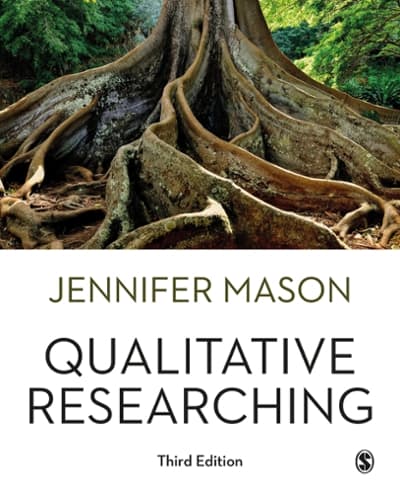Question
Tim is a 17-year-old male who is on summer break from school. Tim's friends asked him to go with them to a party in a
Tim is a 17-year-old male who is on summer break from school. Tim's friends asked him to go with them to a party in a nearby large city on Friday night. However, Tim's parents have forbidden him from traveling to the town and have explicitly told him that he cannot go. Tim's parents are aware that the friends he would like to go with have gotten into legal trouble in the past for underage drinking; however, Tim assured his parents that they would not be drinking and would not get into any trouble. After Tim informed his friends that he could not go, they began pressuring him to sneak out of his home and go with them anyway. Due to the pressure from his peers, Tim snuck out of his house and went with them to the party. While Tim was at the party, a noise complaint was made due to loud music, and the police were dispatched to the party to investigate the complaint. The police detained Tim and his friends, and he had to call his parents to have them pick him up from the police station.
Include the following in your paper:
- What does research show regarding the tendency for adolescents to make bad decisions?
- What factors impact bad decision-making during adolescence? (Describe at least 3.)
- What regions of the brain are implicated in bad decision-making from a developmental perspective?
- Analyze how Bayes's theorem can be applied to the case study, including the following:
- How can prior, conditional, and posterior probability be applied to the decision-making process?
- Do humans reason in the fashion described by Bayes's theorem? Why or why not?
- How do the following apply to the case study based on Bayes's theorem:
- Base-rate neglect
- Conservatism
- Probability matching
- Gambler's fallacy
- Utilizing your knowledge of cognitive psychology and decision-making, how might Tim's parents have better prevented Tim's poor decision?
Step by Step Solution
There are 3 Steps involved in it
Step: 1

Get Instant Access to Expert-Tailored Solutions
See step-by-step solutions with expert insights and AI powered tools for academic success
Step: 2

Step: 3

Ace Your Homework with AI
Get the answers you need in no time with our AI-driven, step-by-step assistance
Get Started


